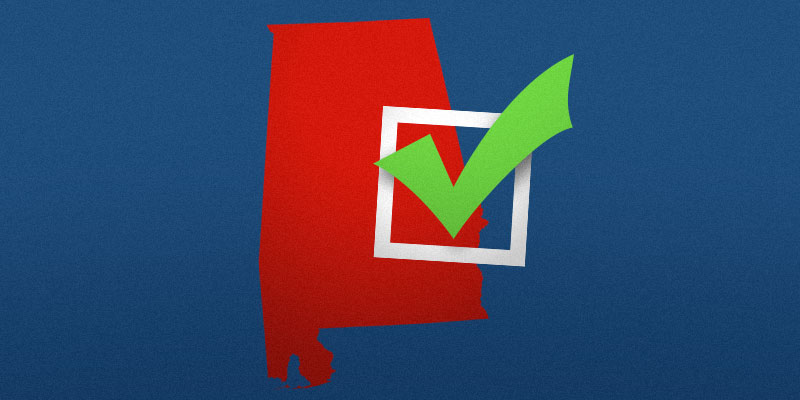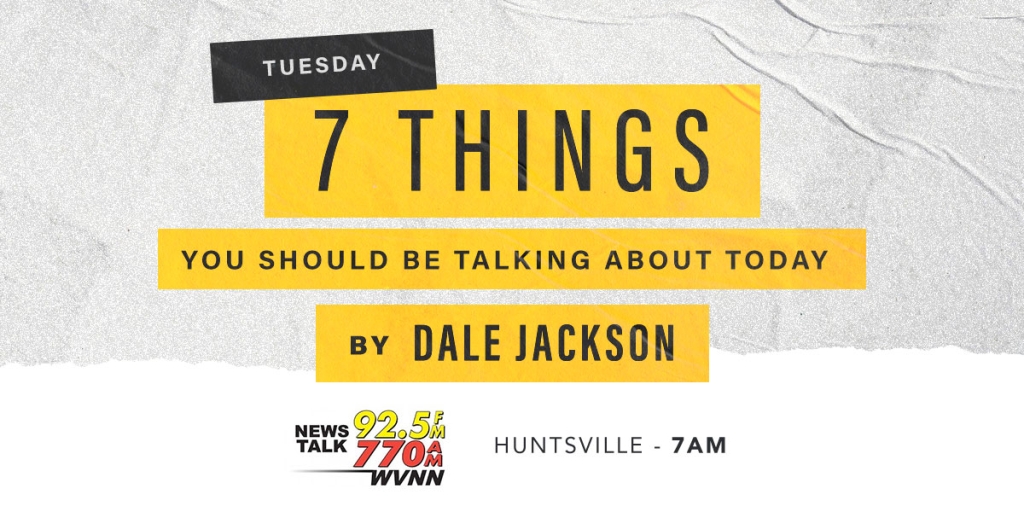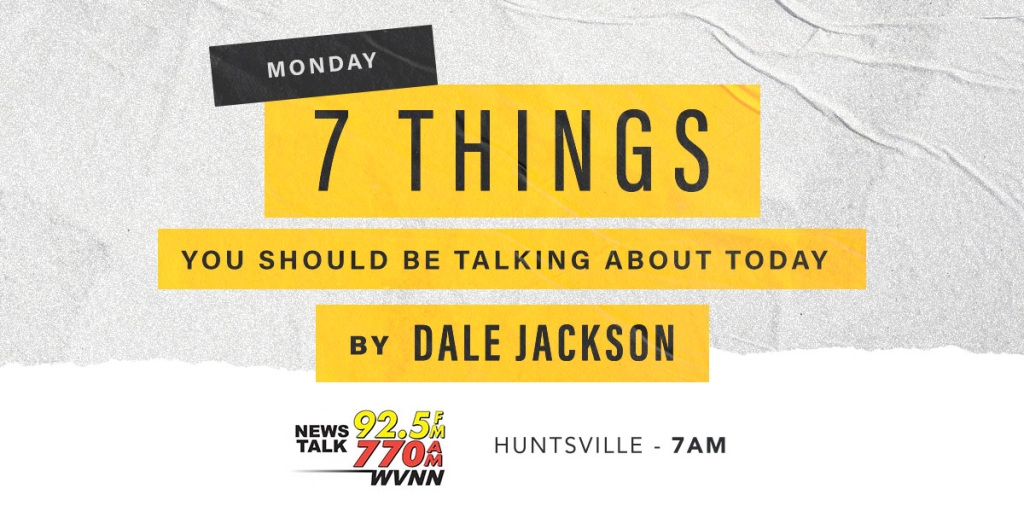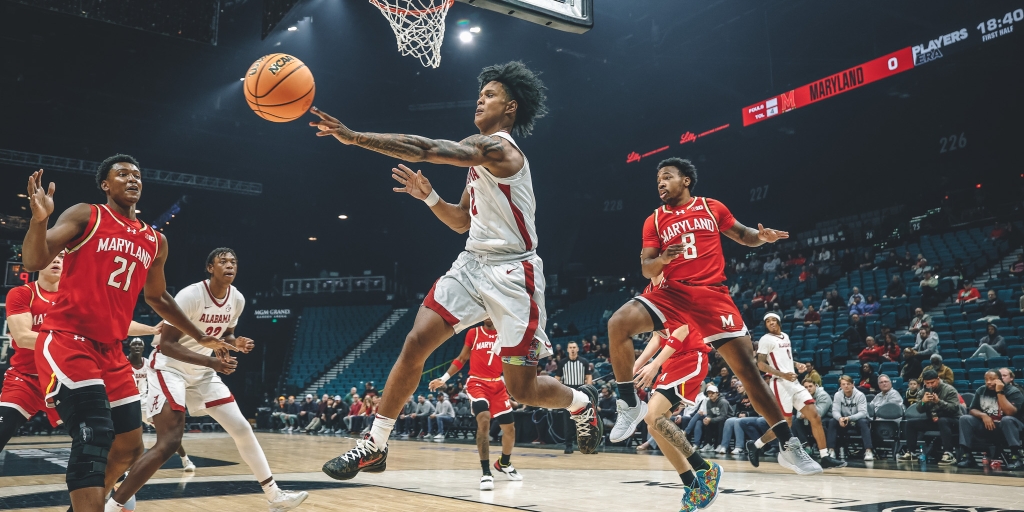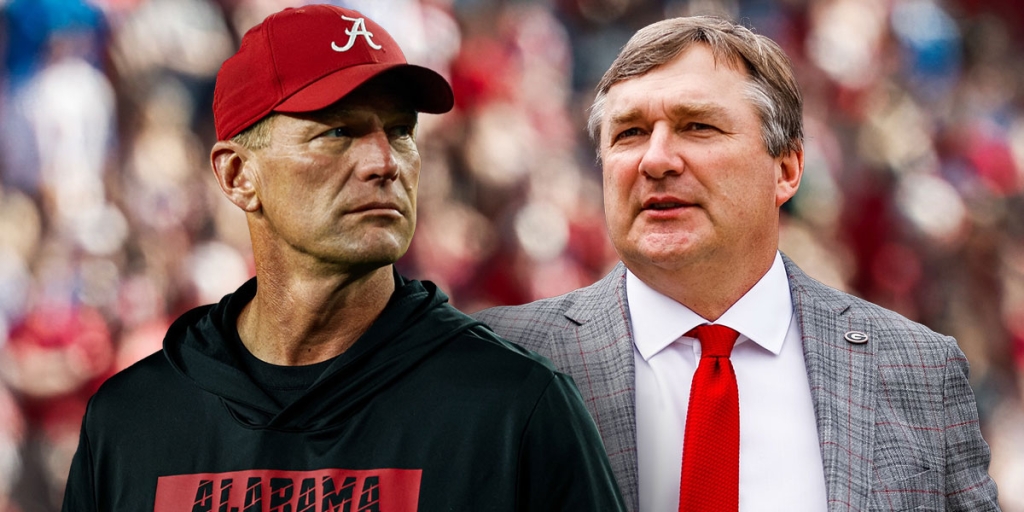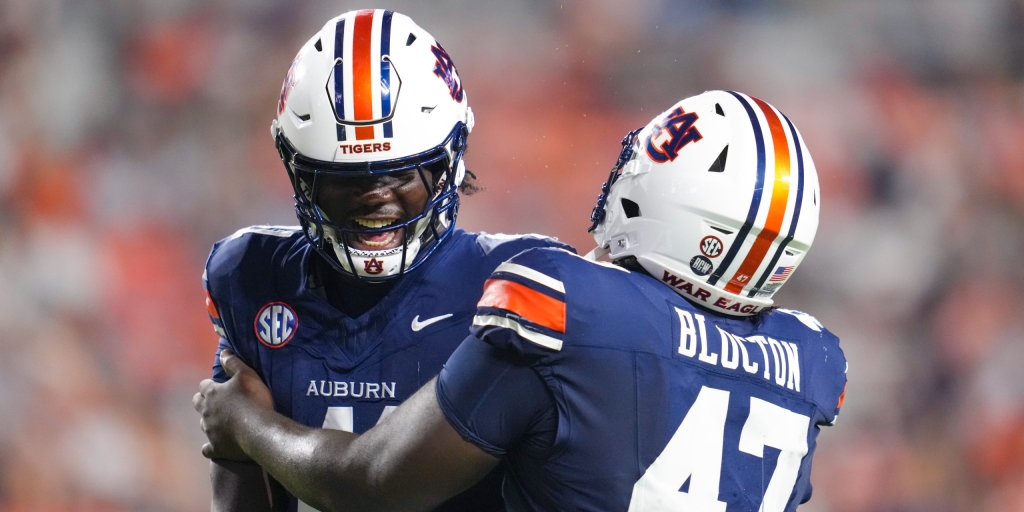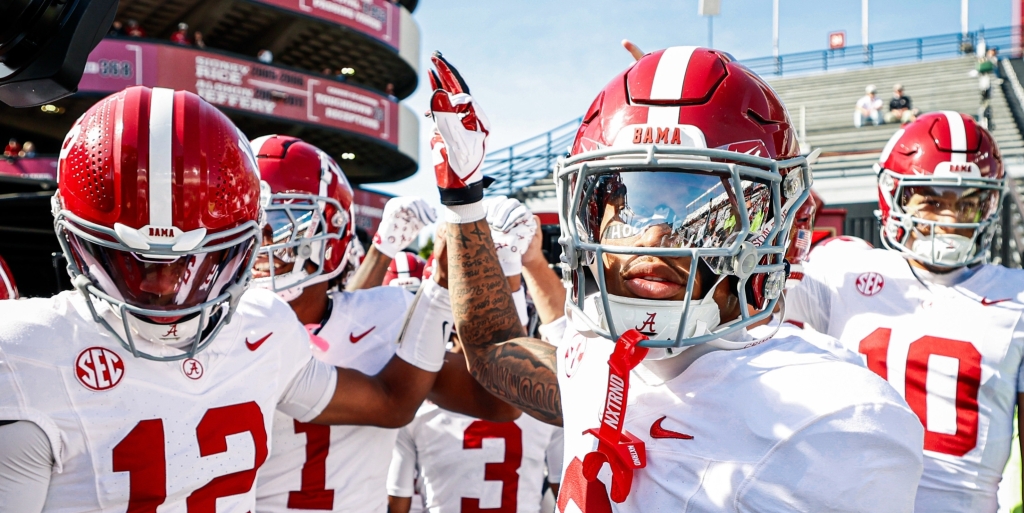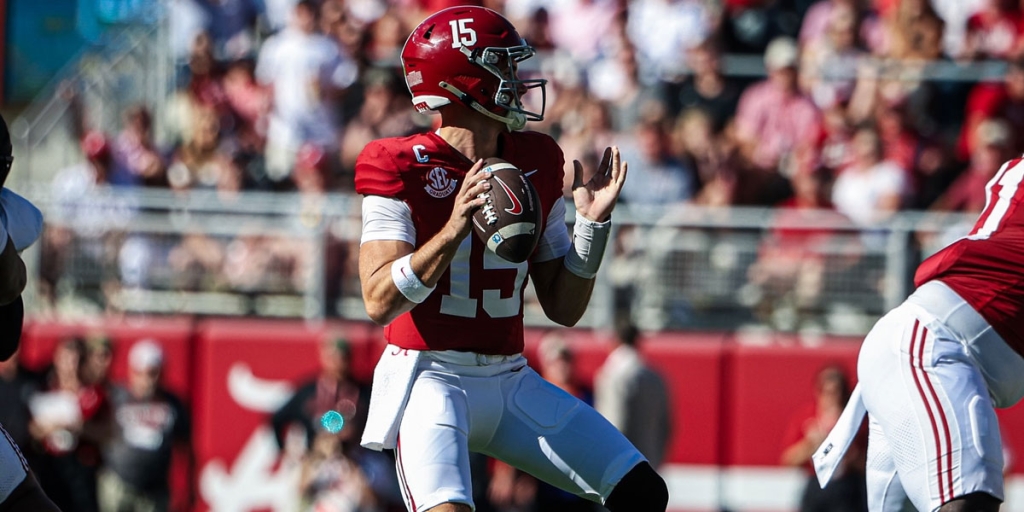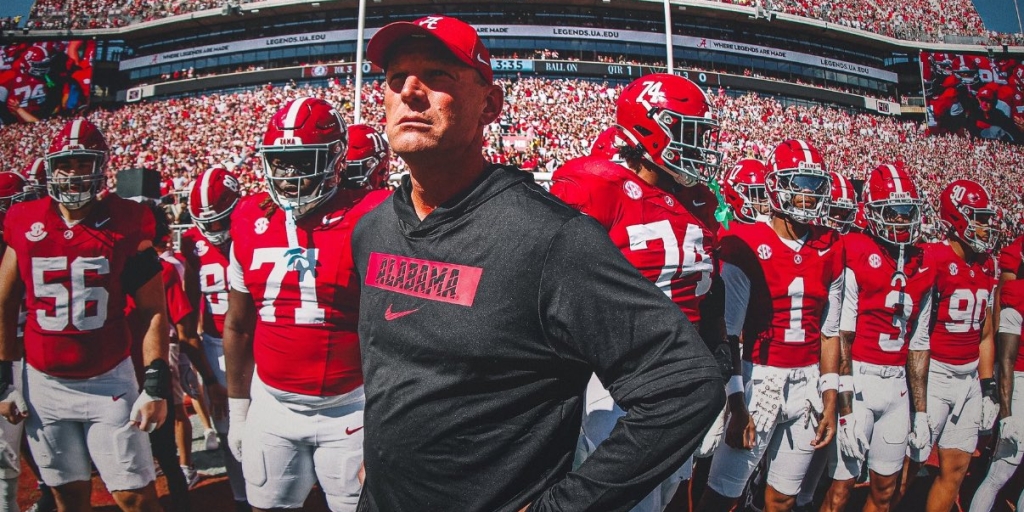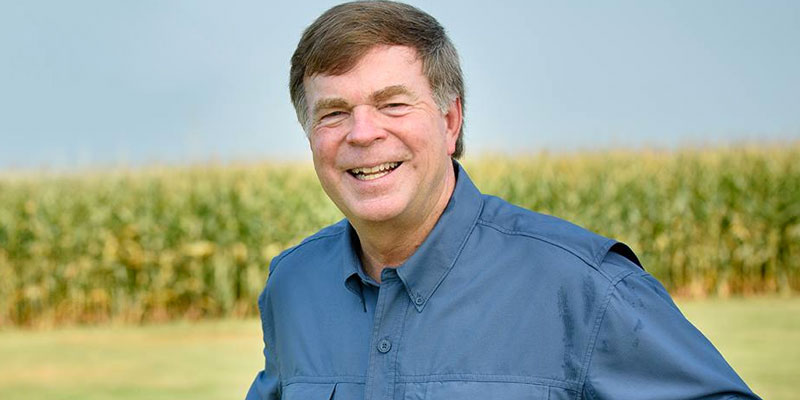Now that the dust has settled and we’ve weeded out some of the pretenders from the contenders, things look pretty good for Alabama Republicans.
Despite a gubernatorial primary that wasn’t all that competitive, incumbent Gov. Kay Ivey’s decisive win Tuesday makes her seem nearly impossible to beat. If the three Republicans aggressively canvassing the state of Alabama couldn’t land a meaningful punch on Ivey, then how could a Democrat in overwhelmingly Republican Alabama be expected to do so?
Tuscaloosa Mayor Walt Maddox, the Democratic Party nominee, also avoided a runoff Tuesday night. He dispatched former Alabama Supreme Court Chief Justice Sue Bell Cobb, a well-known, long-established entity in Alabama’s Democratic Party, without a runoff Tuesday.
But he failed to even come close in the vote tally. Ivey finished with 330,743 votes – more than the 283,081 votes garnered by Democrats, including Maddox’s 154,889, combined.
On Wednesday morning, that was one of the big talking points from Republicans and right-leaning pundits in Alabama being used to dismiss the prospects of Walt Maddox being Alabama’s next governor.
There’s no question Maddox is a long-shot. Even with the enthusiasm of Doug Jones’ 2017 win in the rear-view mirror, it is hard to see “blue lightning” striking twice in the Yellowhammer State.
However, don’t assume Tuesday’s tallies indicate Ivey will win by the same margin reflected in those tallies.
First of all, in Alabama, given most of the action is on the Republican side of the ticket, a lot of Democrats participate in the Republican primary. Much like the top of the ballot, the down-ballot races, where a lot of local policy is determined, the winner of the GOP primary is the sure thing in November. Therefore, the numbers in a Republican primary versus the number of voters in a Democratic primary isn’t necessarily indicative of the Republican-Democratic voter ratio in November.
Second, some Democrats tend to only participate in general elections. Liberal voters that would cast a ballot for a Democrat tend to be younger. Younger voters don’t participate in these preliminary elections. In the 2014 midterm election cycle, Alabama voter turnout in the primary was 21 percent. Later that year in the general election, it was 41 percent.
In the 2014 primary, GOP nominee then-Gov. Robert Bentley earned 388,247 votes and Democratic nominee former U.S. Rep. Parker Griffith 115,433 votes. Based solely on that, Bentley should have defeated Griffith by a 77-23 percentage margin.
But he didn’t. It was a little closer, a 64-36 percentage margin.
Even the biggest Republican cheerleader would have to admit that Walt Maddox is a more formidable opponent than Democrat-turned-Republican-turned-Democrat Parker Griffith.
Third, this is a midterm following a presidential election. Historically, the party in power, in this case the Republican Party, has struggled after a presidential election.
Trump is trending in a direction that defies this historical norm, but don’t discount that norm. The “blue wave” Democrats have been anticipating for the last two years might not be a tsunami. But you can’t entirely dismiss it.
Democrats may have peaked too early. They went very hard and very negative immediately after Trump’s inauguration and left very little in the tank for the midterms.
But don’t underestimate that Democratic Party enthusiasm, especially compared to current Republican Party enthusiasm.
Finally, there seems to be a moderation underway in suburbs of Alabama’s metropolitan areas. The 2017 special election showed us that given the right circumstances in places like Homewood, Fairhope, Auburn, and Tuscaloosa, dispirited Republican voters could be persuaded to go beyond just sitting out an election. They could be convinced to go the polling precinct and mark a ballot for a Democrat.
Furthermore, the explosion of growth in Lee and Tuscaloosa Counties due to the expansion of higher education in America has made those traditionally reliable GOP-voting counties less reliable.
Consider this: Look to the east in Georgia and what is happening.
Georgia is still for the most part a Republican state. But the growth of Atlanta has made it where the GOP can’t take things for granted. As Birmingham, Huntsville, Montgomery and Mobile grow, there could be a similar phenomenon underway in Alabama. That’s not to say a shift in Alabama’s voting trends will happen overnight, but it could be a long-term issue, and the GOP should make sure it is getting ahead of that trend.
In the 2017 special election primary for Alabama’s open U.S. Senate seat, 423,282 ballots were cast for 10 candidates on the Republican side, and 165,006 ballots were cast for the eight candidates on the Democratic side.
One might have looked at those tallies and wondered where Democrats, even in a best-case scenario, could muster up enough votes to come close to competing with the eventual GOP nominee. But they did, and they won.
Kay Ivey certainly isn’t Roy Moore. However, beware of assuming one can extrapolate from Tuesday results what will happen in November.
@Jeff_Poor is a graduate of Auburn University and is the editor of Breitbart TV.




